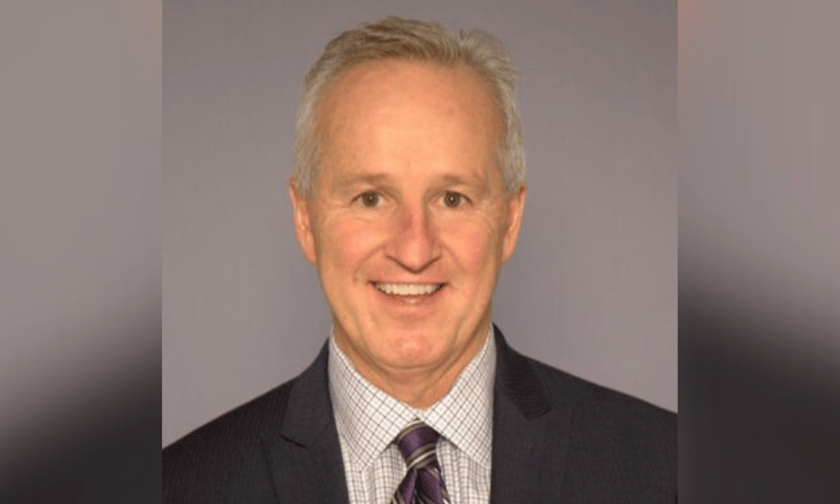

After months of seeing property and casualty insurers take drastic action to reduce their exposure to high-risk areas, are we reaching the end of the tunnel?
Some carriers stopped writing new homeowners insurance policies in states such as California, Florida, and Louisiana, where the risk of storms or wildfires is high, cancelled or declined to renew policies, or drastically scaled back on coverage.
But at least one insurance leader thinks the worst is over.
“It’s been over a year, and I don't think things have gotten better,” said Robb Lanham (pictured), chief of sales at HUB International.
“Some carriers waited for others to start pulling out before jumping in. Many have either pulled out of the market or taken drastic measures. I think a lot of that has already happened. I don't think it's getting any worse.”
With fewer insurance providers and premiums becoming increasingly unaffordable, consumers are turning to state-run programs. Lanham said this trend would likely continue and potentially spread to other regions.
“The customer has nowhere to go because no one else wants them, and so they end up in the state pools,” he said. “I think the rest of the country will continue down that path.”
Homeowners unable to afford their insurance policies may also be pushed to seek options out of state.
“People are moving out of Florida. They can't afford to live there, and they can't afford to have claims, so they’re moving north, heading into the Carolinas and Alabama,” Lanham said.
The crisis may also drive affluent consumers to consider self-insurance, though Lanham warned this still comes with high costs and complexity.
According to Lanham, one potential solution is requiring insurers to write policies in high-risk states before they can operate in others, which could level the playing field and ensure that all consumers have access to affordable coverage.
As insurers recalibrate their risk management strategies, brokers and insureds should continue to expect policy changes or rate increases, according to Lanham.
From adjusting coverage for weather-related damages to offering customizable insurance policies, insurers are exploring new avenues to align policy structures with their profitability goals.
Amid the changes, Lanham stressed that brokers should support their clients by educating and empowering policyholders to make informed decisions about their coverage.
“This is not a buyer’s market for insurance at all,” he said. “Insurance companies are being more selective about the risks they take, so we have to educate our clients about what’s driving the cost of their insurance and what they can do.”
Lanham also encouraged homeowners to be proactive about risk mitigation and consider increasing their deductibles while avoiding claims where possible. Simple steps like installing smoke detectors and alarm systems and clearing brush around their homes not only reduce the likelihood of claims but also make a property more attractive to insurers.
“It's about understanding risk and assuming responsibility,” Lanham said.
Sometimes, homeowners may need to invest more to replace roofs or carry out significant upgrades to achieve coverage at more reasonable rates. But Lanham said the return on investment would come in better insurance coverage and, ultimately, a safer home.
“We had someone spend $150,000 for a new roof because the insurance company refused to write his policy because his roof was too old. His premium had gone from $72,000 to $18,000. [The difference] still doesn’t cover the cost of the roof, but there’s intrinsic value,” said Lanham. “His home is better protected.”
What are your thoughts on the state of the homeowners’ insurance market? Please share your comments below.
